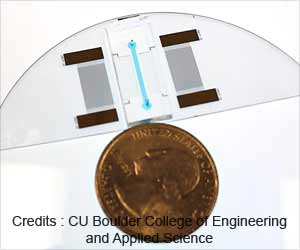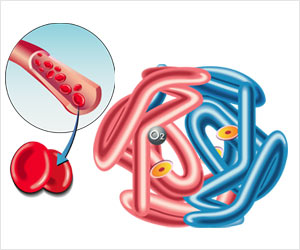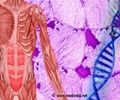Possible cure to blood disorders through gene therapy; addition of a favorable gene mutation raises fetal hemoglobin levels.
- Hemoglobinopathies including sickle cell anemia and thalassemia are caused due to genetic mutations resulting in abnormal production of red blood cells.
- Increasing fetal hemoglobin (HbF) levels is a possible cure to diseases like sickle cell anemia.
- Gene therapy was used to introduce a naturally favorable mutation in blood forming tissue that in turn increases HbF levels.
Hemoglobinopathies
Hemoglobinopathies, including sickle cell anemia (SCA) and thalassemia are diseases that have damaged or abnormal hemoglobin production. Hemoglobin is the oxygen-carrying molecule in blood cells that transport oxygen throughout the body. Thereby, hemoglobinopathies are inherited blood disorders that result in abnormal or quantitative or qualitative hemoglobin production. Sickle Cell Anemia:SCA is an inherited red blood cell disorder where the cells acquire a sickle shape instead of the normal spherical shape. This is caused due to a single mutation in the hemoglobin beta gene. The sickle cells have reduced oxygen carrying capacity and get clogged in blood vessels leading to anemia and severe pain. Since it is inherited in an autosomal recessive manner, a child may be affected with sickle cell anemia if both parents are affected or if both parents are carriers for the mutation.
Thalassemia is also an inherited blood disorder that affects the production of hemoglobin. In this disease the body is unable to produce hemoglobin or is able to do so in an insufficient amount. Depending on which gene is mutated thalassemia maybe alpha or beta thalassemia. Thalassemia maybe caused due to various mutations in hemoglobin production genes.
Current treatments for hemoglobinopathies
- Medications
- Blood transfusion
- Bone marrow transplants
Gene therapy
Gene therapy is a procedure that involves treating genetic diseases at the root cause, the genes. It uses one of the following to do so:
- Replacing a faulty disease causing gene with a healthy one
- Inactivating or knocking out a faulty gene
- Introducing new genes to help fight disease.
Concluding with the words of the senior author, Professor Merlin Crossley, “Because this mutation already exists in nature and is benign, this 'organic gene therapy' approach should be effective and safe to use to treat, and possibly cure, serious blood disorders. However, more research is still needed before it can be tested in people.”
- Beeke Wienert, Gabriella E. Martyn, Ryo Kurita, Yukio Nakamura, Kate G.R. Quinlan, Merlin Crossley. KLF1 drives the expression of fetal hemoglobin in British HPFH. Blood, 2017; blood-2017-02-767400 DOI: 10.1182/blood-2017-02-767400
- What is gene therapy? - (https://ghr.nlm.nih.gov/primer/therapy/genetherapy)











